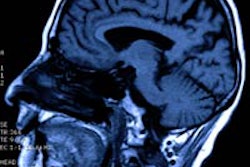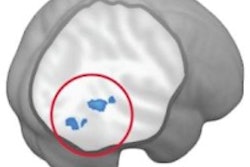
Virtual reality executive Mary Lou Jepsen has left Facebook's Oculus division for a start-up venture that hopes to develop miniaturized, wearable MRI technology that could be distributed at low cost to doctors around the world.
At the Anita Borg Institute's Women of Vision awards on May 5 in Santa Clara, CA, Jepsen told attendees that she was stepping down as executive director of engineering at Facebook and as head of display technologies at Oculus, according to an article from Tech Insider. Jepsen had joined Facebook a year ago in a widely publicized move as the Oculus division moved its flagship Oculus Rift virtual reality headset to market.
Jepsen has spearheaded a number of technology initiatives, most centered on advanced visualization and display technologies. Prior to joining Facebook/Oculus, she was head of the display division at Google's Google X advanced research lab, and she was the founder and CEO of Pixel Qi, a fabless display developer. She was also a co-founder of the One Laptop per Child initiative, which sought to place $100 laptops around the world.
In her May 5 address, Jepsen said she was leaving Facebook and Oculus to focus on leading Open Waters, a start-up firm that plans to shrink MRI technology into a wearable device the size of a ski hat, according to the Tech Insider article. She has been "incubating" the technology for a while, the article said.
Such a device could have a number of applications, Jepsen told attendees, including treating diseases and mental disorders. She said she hoped the wearable MRI technology would become available "to every doctor in the world," according to an article on CNET.
Jepsen said it could even be used for people to communicate with each other using only their thoughts, a concept she explained in a 2013 TED talk.
In the talk, Jepsen discussed how her own interest in neuroimaging research and visualization was sparked by her personal experience undergoing brain surgery. She described how recent studies in functional MRI (fMRI) have demonstrated that there is no difference in brain function between images viewed in real-time and the same images recalled by memory.
What's more, computers can be used to reconstruct images based on data from fMRI scans. While these images are currently crude approximations, more powerful MRI technology would enable higher resolution and the reconstruction of more accurate images.
Jepsen believes that improvements in MRI resolution could best be accomplished by the application of new developments in nanotechnology to magnetic structures that could be used to create a new class of magnets, as well as new advances in the encoding and decoding of radiofrequency (RF) signals.
"We're going to be able to dump our ideas directly to digital media," Jepsen said in the TED talk. "Could you imagine if we could leapfrog language and communicate directly with human thought?"



.fFmgij6Hin.png?auto=compress%2Cformat&fit=crop&h=100&q=70&w=100)




.fFmgij6Hin.png?auto=compress%2Cformat&fit=crop&h=167&q=70&w=250)











